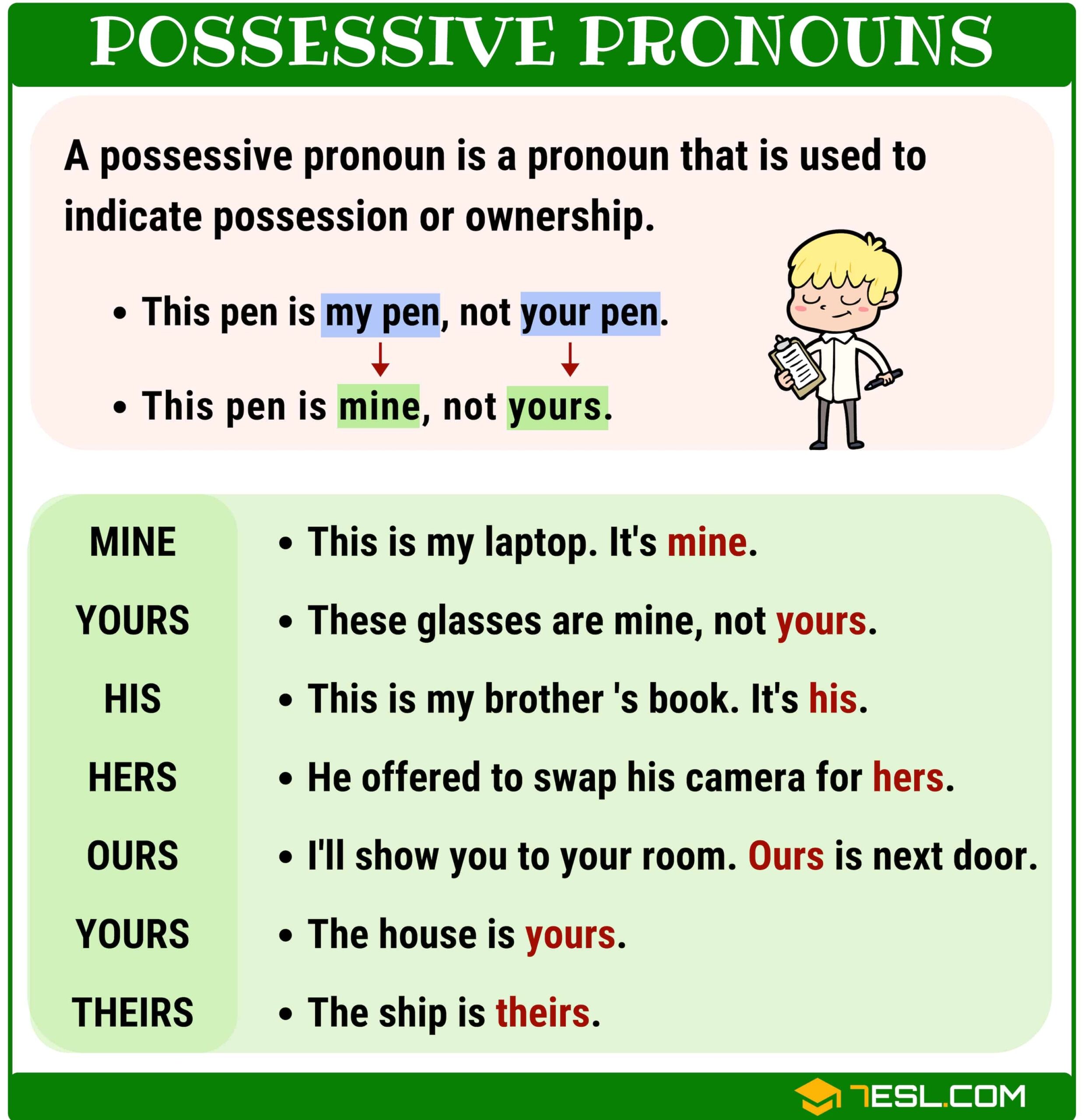Personal pronouns are words that we use to replace nouns when referring to people, animals, or things in a sentence. They make our language more concise and less repetitive. Personal pronouns can be singular or plural, and they can also vary in gender and case.
Using personal pronouns correctly is essential for effective communication in both spoken and written language. They help us avoid redundancy and maintain clarity in our sentences. Let’s explore the meaning and examples of personal pronouns in more detail.
Personal Pronouns Meaning and Examples
Personal pronouns can be categorized into three main types: subjective, objective, and possessive. Subjective pronouns are used as the subject of a sentence, while objective pronouns function as the object. Possessive pronouns show ownership or possession.
Here are some examples of personal pronouns:
- Subjective pronouns: I, you, he, she, it, we, they
- Objective pronouns: me, you, him, her, it, us, them
- Possessive pronouns: my, your, his, her, its, our, their
For instance, in the sentence “She gave me her book,” “she” is the subjective pronoun as the subject, “me” is the objective pronoun as the object, and “her” is the possessive pronoun indicating possession.
Personal pronouns also vary in gender and number. Some pronouns are gender-neutral, such as “they” or “them,” while others indicate specific genders like “he” or “she.” It is essential to use the appropriate pronouns based on the gender identity of the person being referred to.
Additionally, personal pronouns can change based on their position in a sentence or their function. For example, “I” becomes “me” when used as the object, and “he” becomes “him” in the same context. Understanding these variations is crucial for proper pronoun usage.
In conclusion, personal pronouns play a vital role in our everyday communication by replacing nouns and making our language more efficient. By using the correct pronouns, we can convey our ideas clearly and respectfully. Practice using personal pronouns in different contexts to improve your language skills and enhance your communication abilities.
